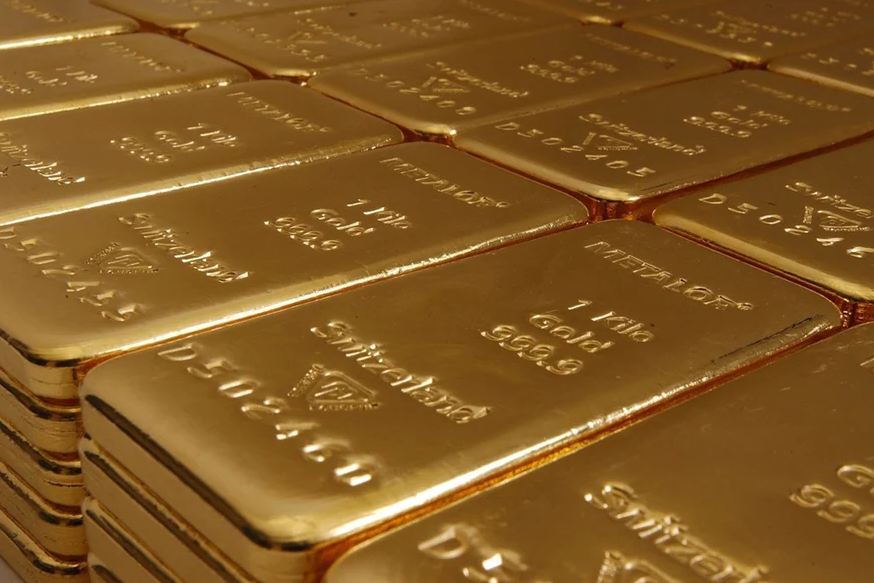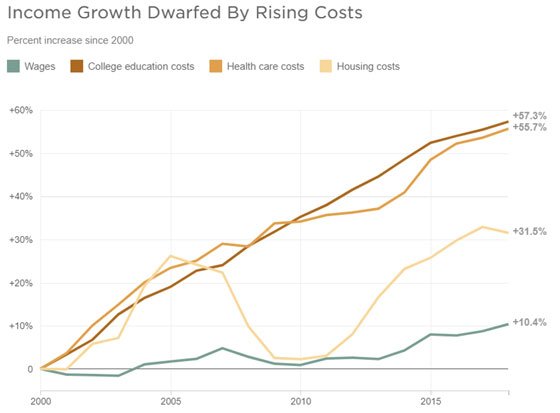The “geoforensic passport” was developed jointly with the University of Lausanne and co-financed by the Swiss government’s innovation agency. Keystone/Sandro Campardo Metalor, one of the world’s biggest gold refiners, has developed a way to quickly confirm where gold had been mined, potentially stopping illegal gold from entering supply chains. The Swiss-based company announced that it has devised the method with the University of Lausanne in a 26-month-long research project. Its technique takes samples of gold from a mine or supplier and creates a complex chemical and physical blueprint for the material against which subsequent shipments can be checked, said MetalorExternal link executive Jonathan Jodry. If a shipment contains gold from a different source, this
Topics:
Swissinfo considers the following as important: 6a.) Gold & Switzerland, 6a) Gold & Monetary Metals, Featured, Latest News, newsletter
This could be interesting, too:
Nachrichten Ticker - www.finanzen.ch writes Die Performance der Kryptowährungen in KW 9: Das hat sich bei Bitcoin, Ether & Co. getan
Nachrichten Ticker - www.finanzen.ch writes Wer verbirgt sich hinter der Ethereum-Technologie?
Martin Hartmann writes Eine Analyse nach den Lehren von Milton Friedman
Marc Chandler writes March 2025 Monthly

The “geoforensic passport” was developed jointly with the University of Lausanne and co-financed by the Swiss government’s innovation agency. Keystone/Sandro Campardo
Metalor, one of the world’s biggest gold refiners, has developed a way to quickly confirm where gold had been mined, potentially stopping illegal gold from entering supply chains.
The Swiss-based company announced that it has devised the method with the University of Lausanne in a 26-month-long research project.
Its technique takes samples of gold from a mine or supplier and creates a complex chemical and physical blueprint for the material against which subsequent shipments can be checked, said MetalorExternal link executive Jonathan Jodry.
If a shipment contains gold from a different source, this will be visible because its blueprint, which Metalor calls a “geoforensic passport”, won’t match the one in the refiner’s database.
Similar analysis of gold was possible before but was too unwieldy to be applied to every shipment, Jodry told the Reuters news agency on Tuesday.
Many refineries devote huge time and resources to making sure they know the origins of gold they receive, but this tends to be done by tracking shipments rather than analysing them.
“This is a major step forward in the traceability of mined gold,” he said, adding that any refinery could use the technique.
Help tracing
The method won’t identify the origins of gold that has already been refined but could help to police the supply of gold from mine to refiner by making it harder for unscrupulous traders to pretend their gold came from a different place.
Such fraud is rife in places like South America and Africa where illegal and polluting small-scale mining is common and criminal and armed groups trade gold worth billions of dollars.
While the method is reliable with gold from a single mine, Jodry said, it cannot yet reliably confirm the origin of gold shipped by collectors combining metal from multiple suppliers — something common in small scale mining.
Most major refineries, including Metalor, have had to sever relationships with suppliers found to have knowingly or unknowingly dealt in illegal gold.
Not enough
The NGO Swissaid which has been investigating the supply chain of Swiss refineries has welcomed the novel method as step in the right direction.
“However, it fails to resolve the problem of tracing the origin of recycled gold or gold held in banks,” Swissaid’s Marc Ummel is quoted by the Swiss daily, Le Temps.
He said only about 32% of all the gold imported by the five Swiss refiners in 2018 came directly from mines.
Metalor is part of the Tanka Precious Metals Group and reported revenues of more than CHF300 million ($324 million) last year.
It employs 1,500 employees around the world, including plants in the United States.
Tags: Featured,Latest news,newsletter








